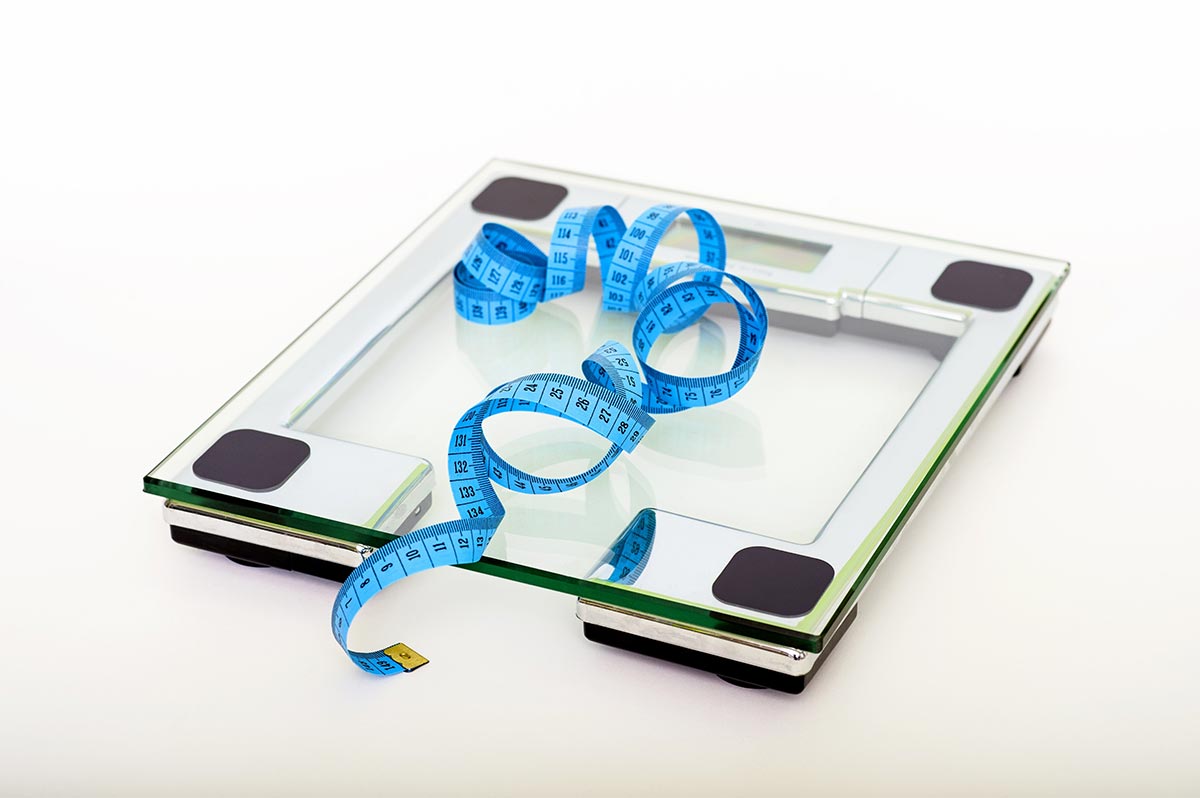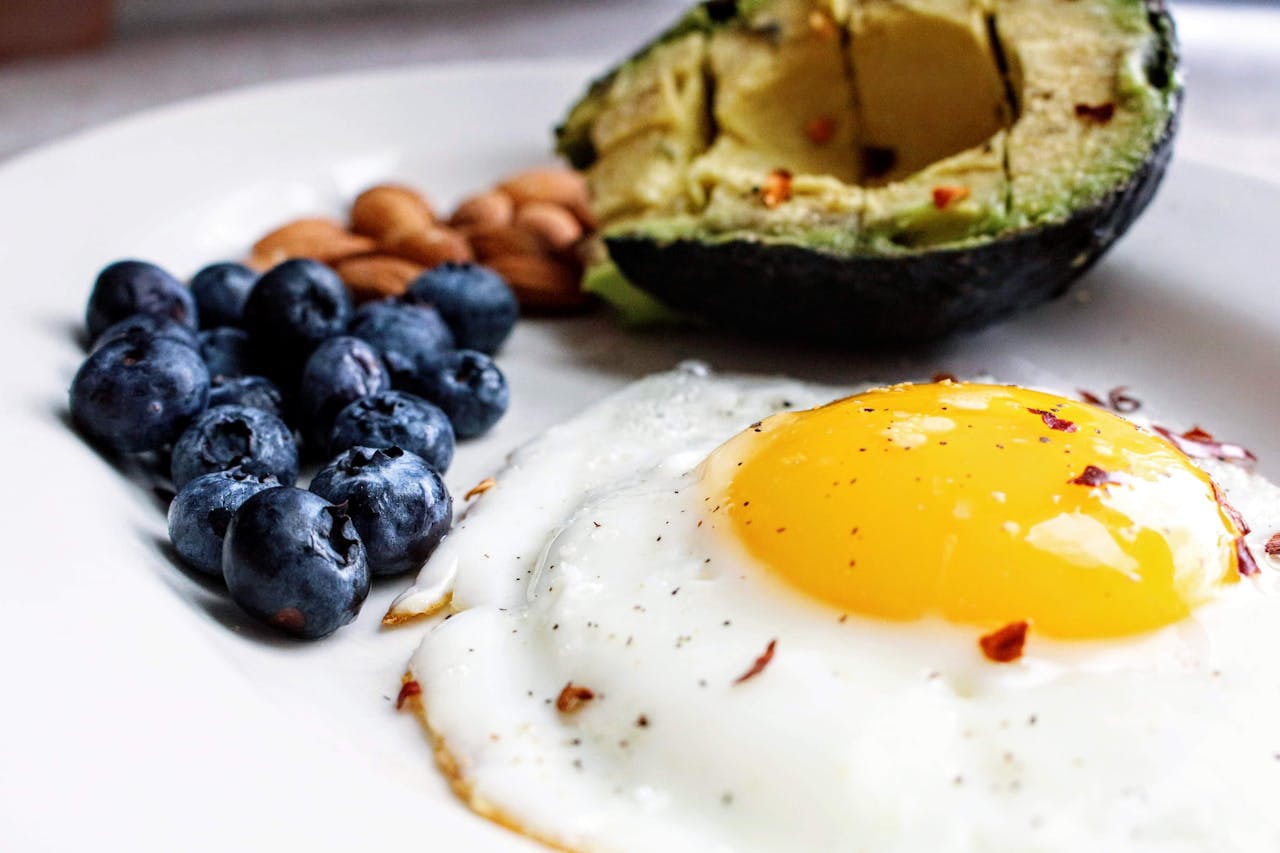In the world of fitness, fat is the enemy—or so we've been told since the dawn of shredded abs and zero-carb diets. But not all fat is created equal, and if you’re spending your days waging war against the pinchable stuff on your hips, you might be missing the real threat. The fat that annoys you might not be the one that’s sabotaging your metabolism or slowly clogging your arteries. Welcome to the confusing, controversial, and critical world of fat: the visible kind, the invisible kind, and the kind that quietly hijacks your health from the inside out.
What Is Subcutaneous Fat, Really?
Subcutaneous fat is the soft, spongy fat stored just under the skin. It’s the fat that jiggles when you sprint, the stuff that you can grab between your fingers, and the very reason compression leggings exist. While it may be cosmetically undesirable for some, especially in a world dominated by high-definition gym selfies, subcutaneous fat is actually not the metabolic villain it’s made out to be.
In fact, this fat serves as a thermal buffer, a shock absorber, and—brace yourself—a hormonally active tissue that, to some extent, helps regulate hunger and energy use. But wait, didn’t we say it’s not all bad? Correct. Subcutaneous fat secretes leptin, a hormone that helps regulate appetite and metabolism. But here's the plot twist: in people with excess body fat, especially around the midsection, leptin becomes less effective.
Your body becomes resistant to its signals, and the result is a metabolic traffic jam that can contribute to weight gain, fatigue, and a sense of always being hungry—yes, even after eating two chicken breasts and a protein shake.
Enter the Villain: Visceral Fat
Now we’re getting to the fat that deserves your side eye: visceral fat. Unlike subcutaneous fat, visceral fat is buried deep in your abdomen, surrounding your organs like a biological ticking time bomb. You can’t see it, and you definitely can’t pinch it. But this type of fat is highly metabolically active and extremely inflammatory. It’s the kind of fat that doesn’t just sit there like an innocent passenger; it throws molotov cocktails into your bloodstream in the form of pro-inflammatory cytokines.
This chronic low-grade inflammation has been linked to everything from insulin resistance and type 2 diabetes to cardiovascular disease, neurodegeneration, and even certain cancers. And here’s the kicker: you might be lean on the outside and still have dangerous levels of visceral fat on the inside. MRI scans and DEXA body composition analyses routinely uncover people with low BMIs but high visceral fat deposits, especially those who live sedentary lifestyles or follow poor-quality diets despite a normal weight.
Why Fitness Athletes Still Get It Wrong
Even in the temple of fitness, many athletes chase cosmetic outcomes over internal health. They measure success by waistlines and mirror selfies, not inflammation markers or metabolic flexibility. But here’s what science now makes very clear: visceral fat is not just correlated with disease; it’s causative. New studies published in 2023 and 2024 have confirmed that excess visceral fat is associated with increased expression of tumor necrosis factor-alpha (TNF-α), interleukin-6 (IL-6), and C-reactive protein (CRP), which are all key players in the chronic inflammation game.
Subcutaneous fat doesn’t throw these kinds of tantrums. And while athletes are less likely to accumulate visceral fat, especially if they maintain regular resistance training and high daily activity levels, high stress, poor sleep, and ultra-processed diets can still sabotage even the most disciplined routine.
So Should You Worry About Your Love Handles?
Short answer: not as much as you think. If you can grab it, it's probably not the worst of your problems. It may be annoying, sure. It may resist your deficit, your intermittent fasting, or your 90-minute stair sessions. But subcutaneous fat is more inert and less harmful than its visceral cousin.
Cosmetic fat doesn’t increase your risk of dying from a heart attack nearly as much as the stuff suffocating your liver. Visceral fat, on the other hand, actively promotes a pro-inflammatory environment that affects insulin sensitivity, hormone regulation, and immune function.
That’s a metabolic horror story that no amount of ab crunches will fix. You can't measure visceral fat with a tape measure or a bathroom scale. Only advanced body composition tools like DEXA or MRI can tell you what's brewing beneath the surface.
The Real Fix: Training and Lifestyle, Not Panic
Reducing visceral fat takes more than just spot-reduction fantasies. It requires improving insulin sensitivity, increasing mitochondrial efficiency, reducing systemic inflammation, and—yes—eating real food. Regular strength training, high-intensity intervals, daily non-exercise movement (like walking), high-protein diets with anti-inflammatory fats (think omega-3s, not seed oils), and proper sleep are your best friends in the war against dangerous fat.
Better sleep: New 2024 trials even show that increasing sleep duration by 1 hour per night for 6 weeks can reduce visceral fat accumulation, independent of diet. Stress management is another underappreciated tactic. Chronic cortisol elevation drives visceral fat storage, even in lean individuals. So the next time someone tells you to just “eat less and move more,” you might want to ask them if they’ve heard of the hypothalamic-pituitary-adrenal axis.
Final Words for the Absessed Athlete
If you’re training hard, eating clean, and still worried about stubborn fat that won’t leave your flanks, take a breath. You’re likely looking at the fat that annoys but doesn’t destroy. Keep lifting. Keep sprinting. But also start thinking about the fat you can’t see. The fat that creeps up silently while you scroll social media and skip recovery. That’s the real threat. And the good news? It’s manageable. Train not just for aesthetics, but for internal health. Because the real flex is living long enough to show off those gains at 80—with functional organs and a low inflammation score to match.













